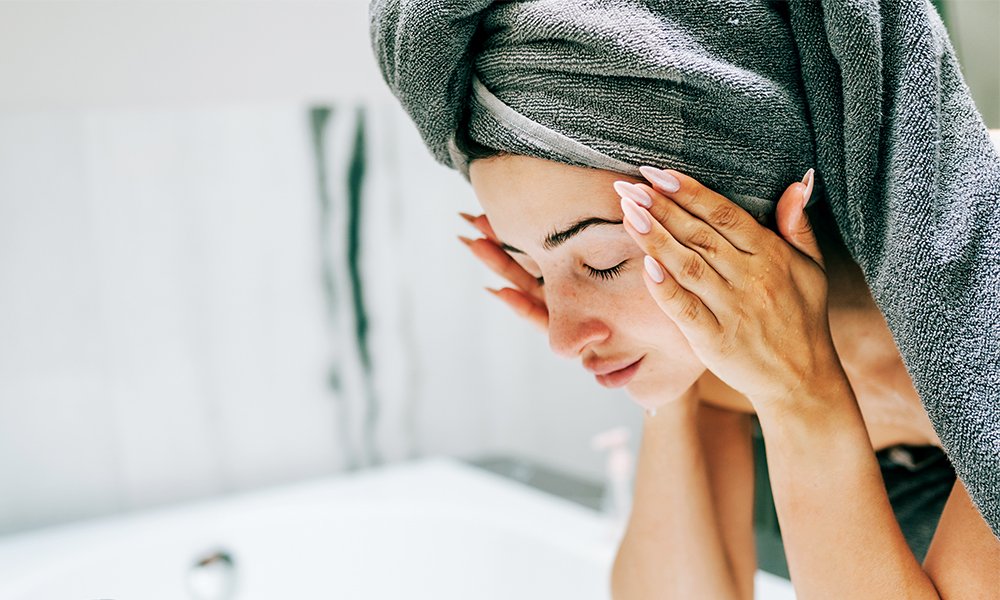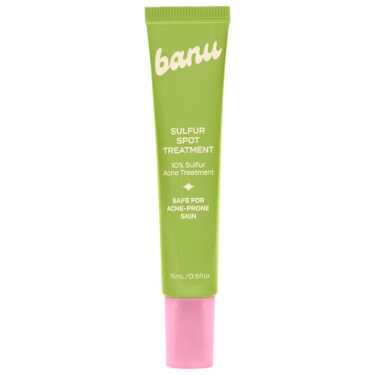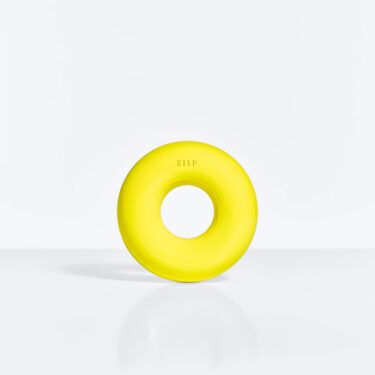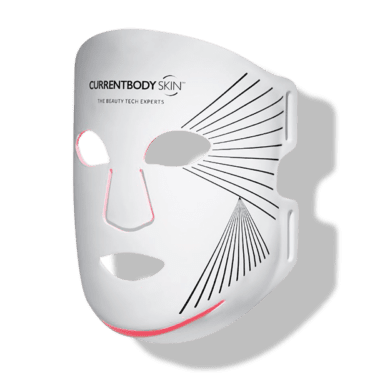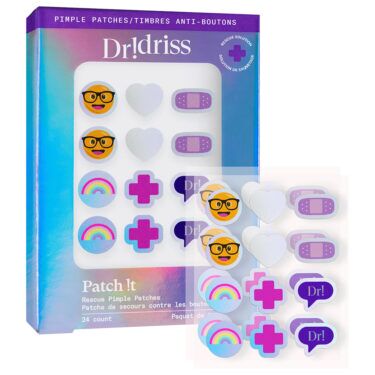The Evolution of Acne Treatment: From Ancient Remedies to Cutting-Edge Solutions
Acne care has advanced significantly over the years, evolving from age-old remedies to sophisticated treatments powered by artificial intelligence. Here’s an in-depth look at the notable breakthroughs and innovations in the quest for clearer skin.
A Historical Perspective on Acne Treatments
Acne has been a common skin issue for centuries. Various civilizations have attributed its causes to different factors and used diverse remedies.
Ancient Wisdom
- Chinese and Ayurvedic medicine identified acne as related to heat and digestive problems.
- The Ancient Egyptians, Greeks, and Romans relied on honey, sulfur, and animal fats for skin treatment.
Kenneth Beer, MD, a board-certified dermatologist, highlights the cyclical nature of dermatological treatments: “What is new tends to be old, and what is old is new.” With the resurgence of natural ingredients, ancient methods are making a modern comeback.
Early 20th Century: The Rise of Experimental Treatments
The early days of acne treatment were characterized by aggressive and often dangerous methods:
- Cryoslush with dry ice
- X-ray therapy
- Mercury-based products
Kally Papantoniou, MD, notes that these approaches aimed to aggressively clear the skin rather than address underlying causes. Such harsh treatments led to troubling side effects, including skin cancer risks linked to radiation.
Did You Know?
Acne currently affects nearly 1 in 5 people globally (British Journal of Dermatology, 2025).
Breakthroughs of the Mid-Century: Antibiotics and Retinoids
In the late 1940s, antibiotics became available, revolutionizing acne treatment by targeting acne-causing bacteria. The introduction of retinoids in the 1960s further aided in the battle against acne, promoting increased skin cell turnover.
The Accutane Era
The 1980s marked a significant turning point with the approval of isotretinoin (Accutane), an effective solution for severe acne:
- "It not only changes the skin, but also improves a person’s self-image," explains Beer.
- Due to potential side effects like dryness and birth defects, the FDA mandates strict monitoring for its use.
Incorporating hormonal treatments like birth control and spironolactone became standard practices alongside topical medications like Winlevi.
The Three-Step Approach: A New Standard
The 1990s and 2000s popularized over-the-counter systems like Proactiv, making acne treatment accessible:
- The three-step regimen of cleanser, treatment, and moisturizer helped structure an effective routine for those who hadn’t sought dermatological care.
- Ingredients like salicylic acid and benzoyl peroxide became household names. Recent concerns about benzene contamination, however, have prompted reviews of existing formulations.
The Technology Boom: Light Therapies and Advanced Devices
The 2010s ushered in a new era of light-based therapies:
- Blue light, IPL, and LED treatments gained traction for their ability to combat active acne.
- New FDA-approved devices like AviClear and Accure target sebaceous glands for effective treatment.
As Joshua Zeichner, MD, points out, "We have new lasers that address the activity of the oil glands themselves."
The Ingredient Reckoning: Addressing Safety Concerns
In 2024, studies indicated that benzoyl peroxide can degrade into benzene, a known carcinogen when improperly stored. While evidence does not currently show an increased risk for acne patients, caution is advised:
- Proper storage of products is essential.
- Any expired items should be discarded.
Kenneth Beer expresses concern over unstable compounds, emphasizing the need for vigilance in ingredient safety.
The Future of Acne Treatment: Personalization and Precision
As we move forward, advancements in AI diagnostics and personalized treatments are transforming acne care. Kally Papantoniou notes, “We’re treating acne as a chronic inflammatory condition influenced by hormones, genetics, and stress.”
Innovative Products to Try
Explore fresh solutions for acne management:
-
Multitasking Serum
- Combines glutamic, mandelic, and salicylic acid to combat breakouts and signs of aging.
-
Breathable Spot Treatment
- Odor-free cream that quickly reduces visible irritation.

- Odor-free cream that quickly reduces visible irritation.
-
Travel Microcurrent Device
- Helpfully portable, it accelerates skin recovery from breakouts.

- Helpfully portable, it accelerates skin recovery from breakouts.
-
LED Light Therapy Mask
- High-tech, hands-free device using blue light to combat bacteria.

- High-tech, hands-free device using blue light to combat bacteria.
- Pimple Patches
- Emoji-shaped patches that use azelaic acid to soothe inflammation.

- Emoji-shaped patches that use azelaic acid to soothe inflammation.
Conclusion
The evolution of acne care highlights the blend of historical and modern treatments designed to target this widespread condition effectively. Whether utilizing ancient wisdom or cutting-edge technology, the ultimate goal remains the same—achieving clear skin while ensuring safety and efficacy. For more insights on skincare, visit this resource.


